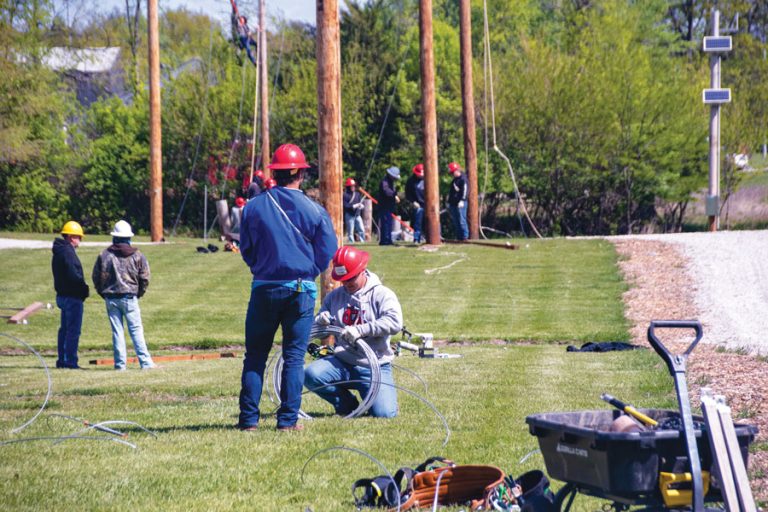There’s nothing like spending a warm day outside enjoying a favorite sports activity, whether it’s on the golf course, baseball diamond or soccer field, to name a few. As athletes, coaches, parents and spectators head out to sporting events this summer, Safe Electricity urges everyone to be aware of safety concerns that could come into play.
Although physical safety is often the first concern associated with playing sports, there are other factors to consider. Safe Electricity reminds everyone to keep outdoor electrical dangers in mind — the potential for lightning strikes as well as other hidden electrical dangers.
When the weather is right for outdoor sports, it can also be perfect conditions for a thunderstorm to roll in, with the potential for lightning. About 30 people are killed by lightning each year, according to the National Weather Service.
Two-thirds of those fatalities are associated with outdoor recreational activities. Be safe this season with the following tips to protect yourself while participating in outdoor sports.
Organized sports activities should have a designated official who will watch for approaching dark clouds and any lightning in the area. Designated officials and anyone participating in outdoor sports should have a lightning safety plan with tips on when the activity should be stopped, where people should go for safety and when activities can resume.
Stop the game if you see lightning. Lightning can strike up to 10 to 15 miles away from a storm. Follow the simple phrase, “When thunder roars, go indoors.”
No place outside is safe during a storm, including dugouts, sheds and rain shelters. If you don’t have access to a sturdy building, a hard-topped metal vehicle with the windows rolled up provides good protection from the elements.
Because electrical charges can linger in clouds even if the storm has passed, weather experts recommend you wait 30 minutes since you last heard thunder before resuming any outdoor activity. If it is an organized sports activity, the designated official should make the call on when to return to the field.
Lightning isn’t the only thing to be careful around. Any outdoor activity that has a power source or is near power lines can present a potential hazard.
Be sure to look up and around for power lines before raising a ladder or tall tool or using lift equipment. You or anything you are holding should not be within 10 feet of a power line.
Other potential hazards include electrical equipment exposed to weather conditions, such as electric panels, conduit and wiring, or outlets. Report worn or damaged equipment, cracked wire insulation and outlets that do not have covers or GFCIs (ground fault circuit interrupters), so repairs can be made by a qualified electrician.
Whether it is an organized sports activity, a round of golf with friends or a game of basketball in the driveway, plan to make your outdoor sports safe, and don’t let lightning strike you out. For more information on electrical safety, visit SafeElectricity.org.










